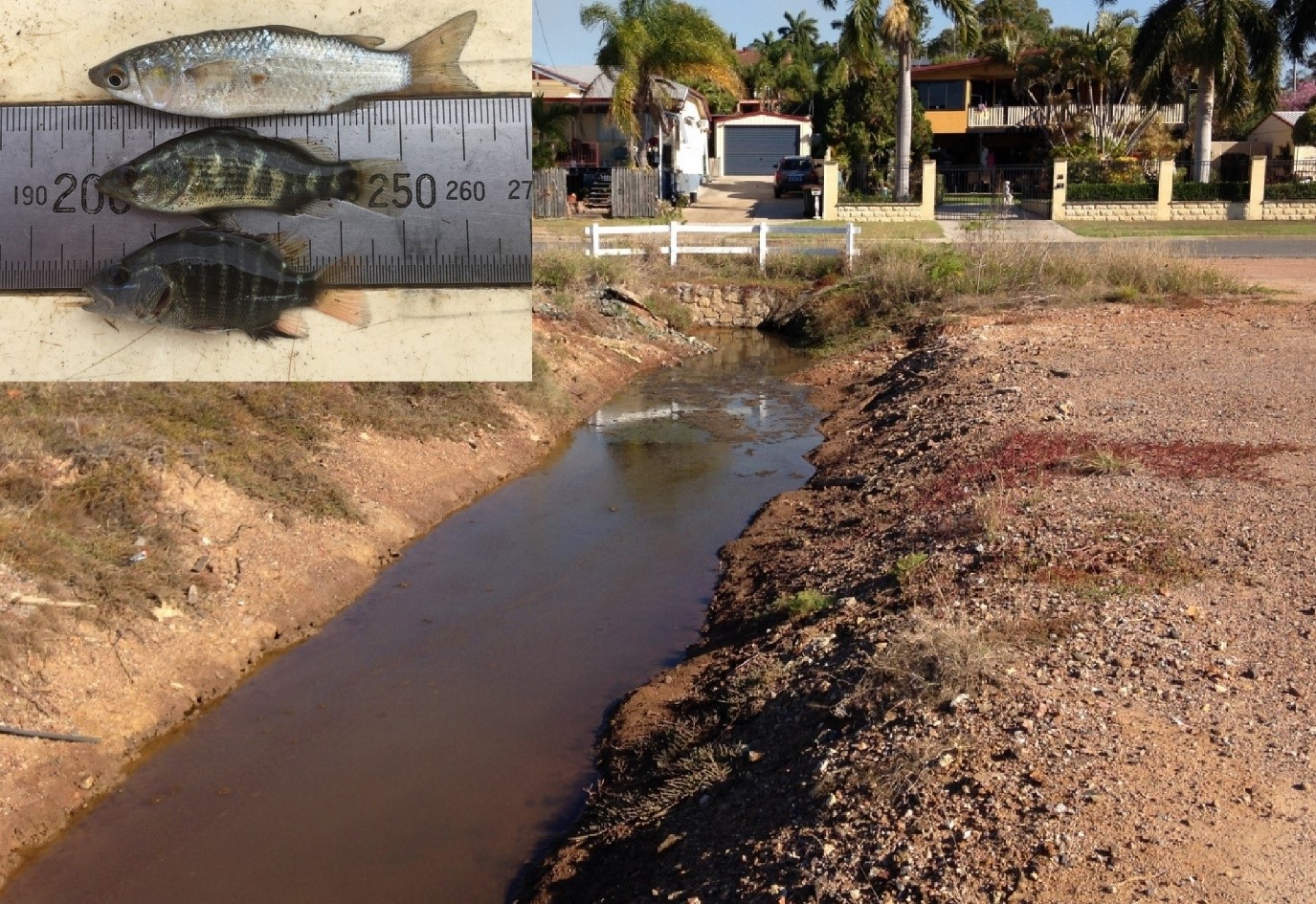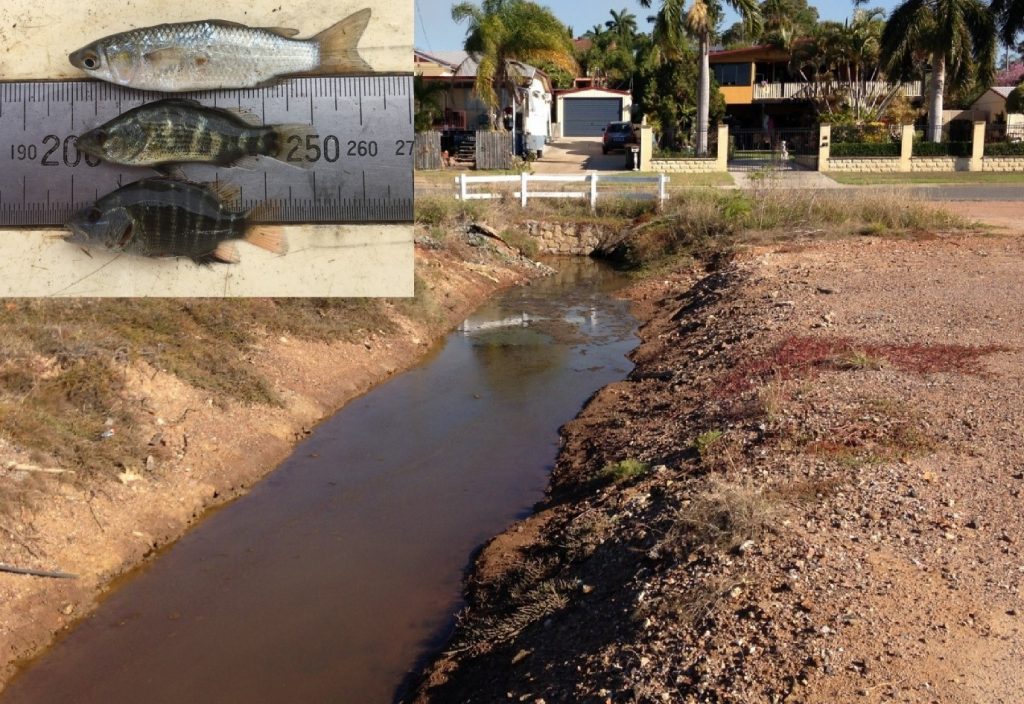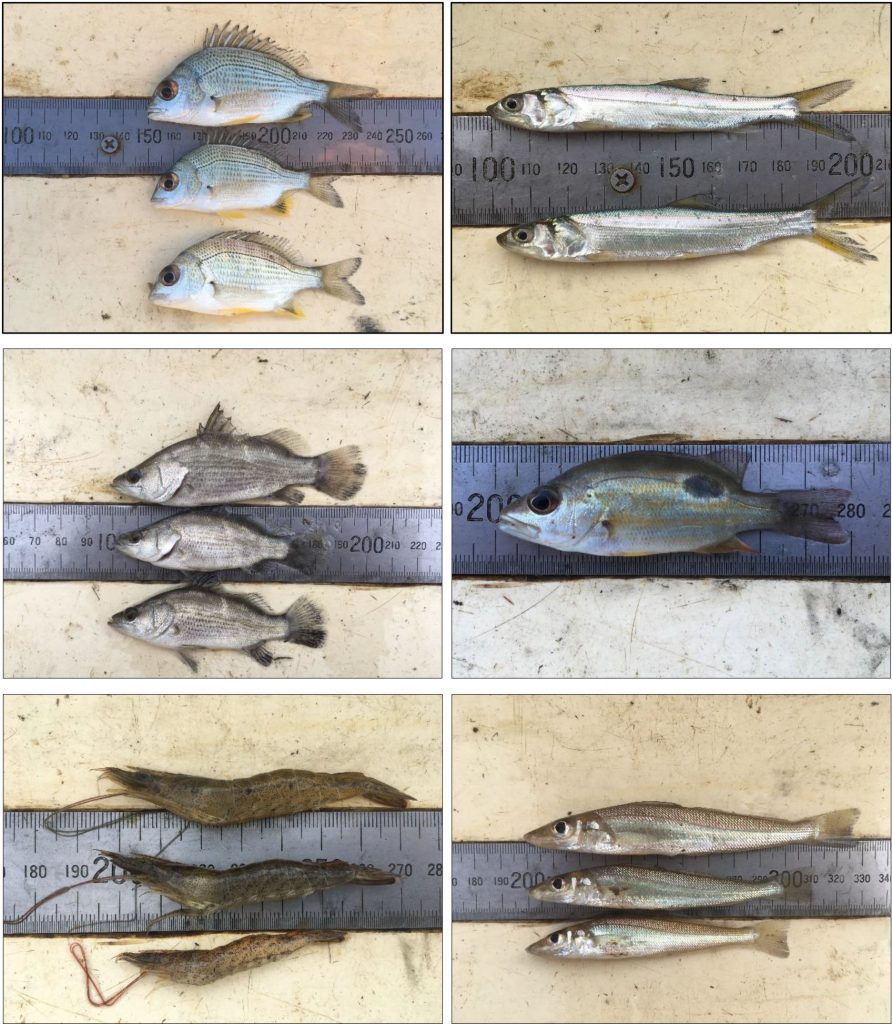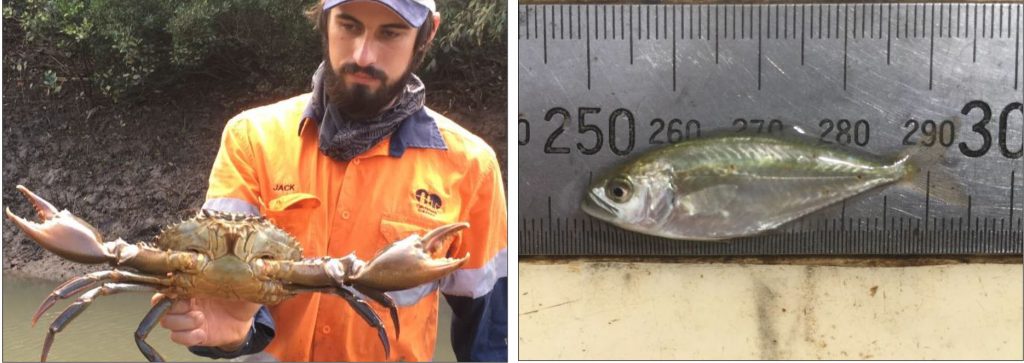Habitat Importance of Urbanised Estuaries in Central Queensland
Apr 30, 2019
Globally, estuarine habitats rank in the most modified of all marine ecosystems, driven primarily by coastal development. The urbanisation and infrastructure associated with population growth concentrate impacts on ecological communities of coastal regions, with anthropogenic advancement constantly recognised in the deterioration of estuarine process zones. Despite this, Queensland’s estuaries provide habitat to a range of…

Globally, estuarine habitats rank in the most modified of all marine ecosystems, driven primarily by coastal development. The urbanisation and infrastructure associated with population growth concentrate impacts on ecological communities of coastal regions, with anthropogenic advancement constantly recognised in the deterioration of estuarine process zones. Despite this, Queensland’s estuaries provide habitat to a range of species of significant commercial and recreational fisheries value, with many of these species having been documented to utilise highly urbanised marine fish habitats.
In Queensland, urban marine habitats are generally maintained by landholders, local councils and infrastructure management departments. Maintenance works can be routine (e.g. trimming marine plants on access tracks) or as required (e.g. repair of stormwater outlets) and involve varying levels of disturbance. While most maintenance works are required, there are potential risks to fisheries resources and marine plants, particularly when works procedures do not comply with legislative guidelines.
Figure 1. Example of an urban estuarine site showing signs of marine plant vegetation clearing and degradation, with inset of juvenile sea mullet (M. cephalus), barramundi (L. calcarifer) and mangrove jack (L. argentimaculatus) surveyed from the site.
For the purpose of guiding improvements to the management of urban marine fish habitats, Catchment Solutions conducted a 2-year project investigating and comparing the habitat utilisation by fish and crustacean species of urban, peri-urban and non-urban estuarine sites throughout central Queensland. Particular attention was paid to habitat usage of these areas by species of value to commercial and recreational fisheries. The primary objective was to show the critical habitat role that areas thought primarily of as urban ‘drains’ play in providing refuge for juveniles of important species. Furthermore, densities of marine plant vegetation such as mangroves were also surveyed to evaluate the role marine plants play in providing habitat for these species.
These objectives were achieved by carrying out a range of fish community sampling techniques across a number of different urbanised coastal fish habitat sites including tidal creek habitats (lower, mid and upper tidal sites) and supralittoral wetland habitats in the Rockhampton and Gladstone regions. Sampling techniques included a combination of seine netting, fyke netting, cast netting and the use of baited box traps to sample for fish and crustacean species.
In total, 78 species were recorded from 13 sites over five rounds of monitoring, demonstrating the exceptional diversity that can be found at such sites. This comprised 27 species recognised to be of socioeconomic importance to commercial and recreational fisheries. Analyses comparing overall species presence/absence between urban versus non-urban sites showed no significant difference between assemblages, which provides evidence that the highly urbanised sites surveyed are being utilised by identical aquatic assemblages to non-urban sites. Results also showed that for the species of 27 species of socioeconomic importance to commercial and recreational fisheries, the majority of the catch comprised post-larval and juvenile life stages. This highlights the role that coastal estuarine habitats (urban and non-urban) play in providing important nursery grounds to a high number of valuable inshore species, including barramundi, mangrove jack, sea mullet, mud crabs and banana prawns. Peaks in urban habitat utilisation by post-larval and juvenile individuals of species of socioeconomic importance were found between April and September, and numbers were at their lowest between November and December.
Figure 2. Species surveyed during the monitoring (top to bottom, left to right); 1) yellowfin bream (A. australis), 2) giant herring (E. hawaiensis), 3) barramundi (L. calcarifer), 4) Moses perch (L. russelli), 5) endeavour prawns (M. endeavouri), 6) northern whiting (S. sihama), 7) mud crab (S. serrata) and 8) giant queenfish (S. commersonnianus).
Correlations were identified between tidal connection, marine plant composition and the composition of fish/crustacean communities. There was insufficient data to determine whether any of these links were causal, however it is a reasonable assumption that both tidal connection and plant species composition (i.e. mangroves) play a role in the diversity and abundance of fish that utilise urban marine habitats. Review of marine plants surveyed across all sites identified a period of reduced reproductive activity (i.e. flowering and fruiting) between September and October.
Key conclusions from this research suggest that any maintenance works of urban marine habitats in central Queensland should be undertaken late in the dry season. This is to avoid peak periods of utilisation of these habitats by post-larvae and juvenile fish of socioeconomic importance and to avoid peak reproductive periods of marine plants. Where possible, a minimum 2m vegetation strip should be provided along all urban marine habitats to provide refuge habitat for aquatic communities utilising these areas.
It is anticipated that the outcomes of this work will guide future best management practices of urban fish habitats, such as frequency and timings of routine maintenance works adopted by local governments and land holders of the region. The study also provides a framework for similar research into the field of urban marine habitat utilisation and could be replicated to guide appropriate management of urban marine habitats in other regions of Queensland. Building on the dataset would also provide the opportunity to perform more detailed analysis on the causal links between tidal connection, marine plant composition and fish/crustacean diversity and abundance. Knowledge gained through this study could also be built on by investigating the contribution of urban marine habitats to the commercial and recreational catches.


